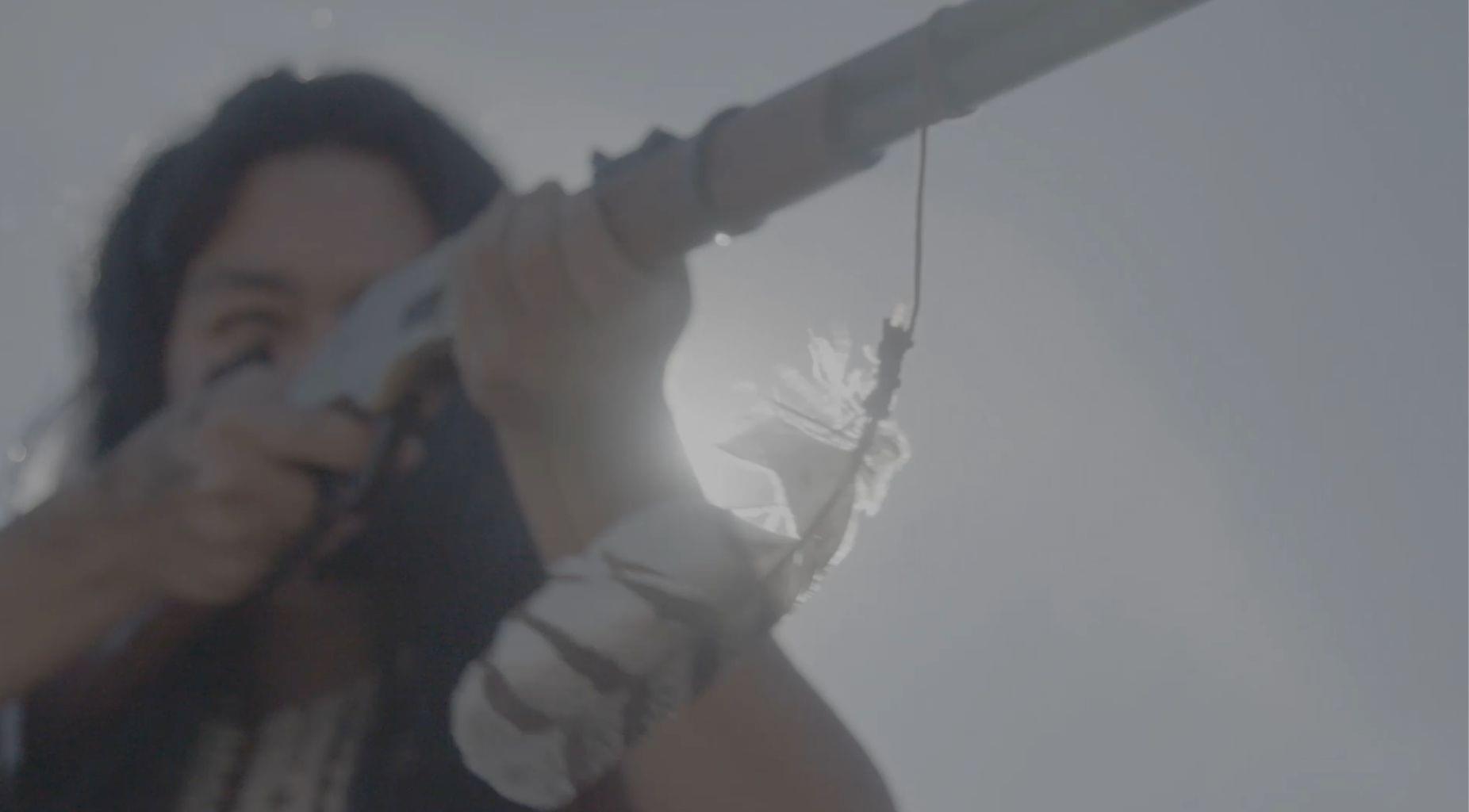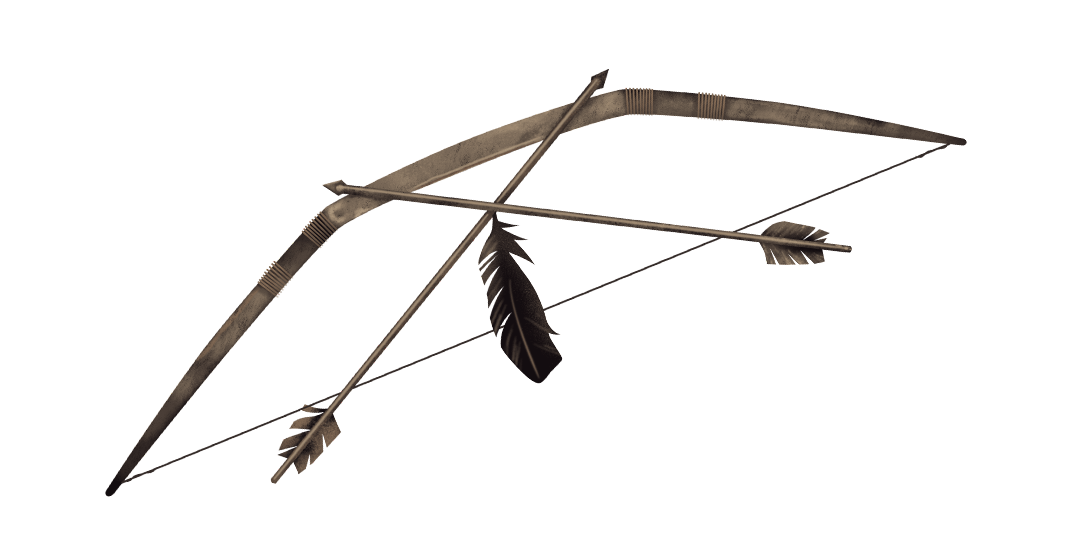

Bow
The oldest weapon in mankind’s arsenal, even the arrival of firearms did not banish the bow from North American battles.
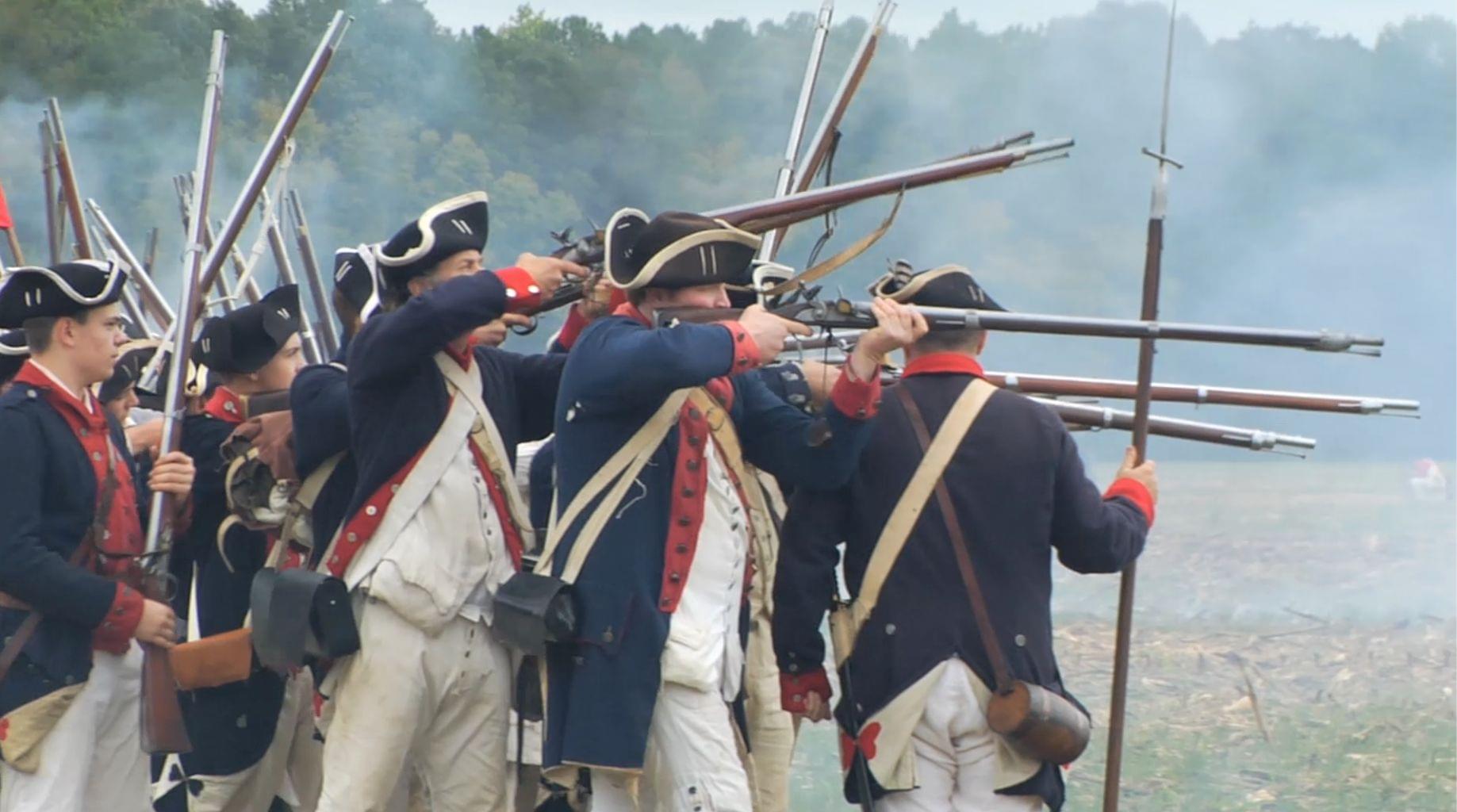
1775–1783
Explore
Though it began as a civil war between Great Britain and her North American colonies, the American Revolutionary War ended as a global conflict which redrew the map of North America. Though the British Americans had spent nearly a century fighting fiercely to expand Britain’s empire, the relationship between the Americans and the Crown changed once France abandoned her empire North American empire in 1763. Without the looming threat of French attack, the American colonies were no longer dependent on Britain’s protection. This sense independence was bolstered when the Crown issued ordinances protecting Indigenous lands and guaranteeing French Canadian rights, at the expense of American territorial and commercial expansion. When Britain levied taxes to pay for colonial defence, American resentment exploded into open rebellion.
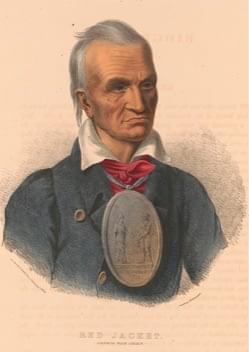
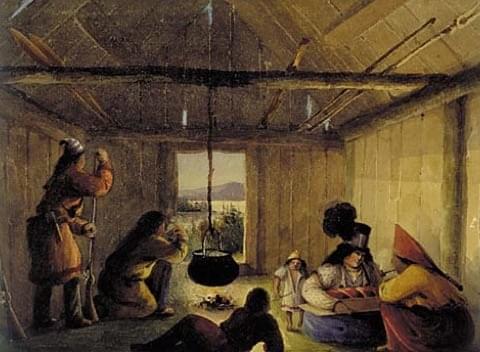
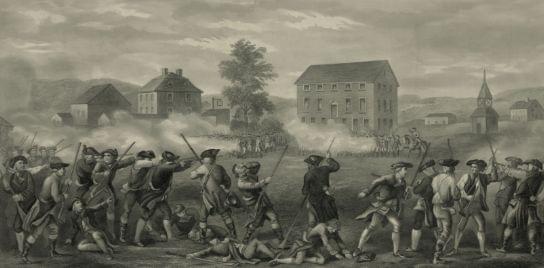
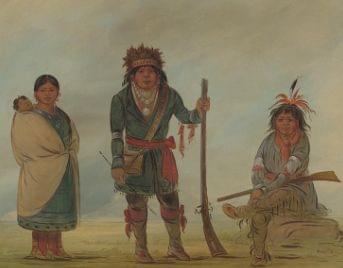
Starting in April of 1775, at the battles of Lexington and Concord, a rag tag army of regulars and patriotic militias took up arms against the British forces based in North America.
By July 4th of 1776, the Continental Congress agreed to form a new democratic nation: the United States of America.
Though the First Nations had no part in starting the war, they were soon consumed by the conflict. The Iroquois Confederacy was split into warring factions when the Tuscarora and Oneida decided to back the Americans, while the Mohawks, Onondaga, Cayuga and Seneca supported the British. Though the Americans achieved a few early victories, by the winter of 1776, the British occupied New York and seized the initiative.
Eastern North America


United States of America

A union of rebel British colonies, the United States of America were fighting for the freedom to govern themselves. As well as the freedom to expand into Indigenous territory without interference from the British Crown. Leading the fight for independence was George Washington, a man who earned his reputation fighting in the British Army.
Great Britain

Despite being the most powerful European empire of the 18th century, Great Britain faced a daunting fight to crush the American Revolution. Their opponents were highly motivated and many had seen combat in the Seven Years War. Even worse, the Americans were fighting on home ground against an army which performed poorly in woodland combat.
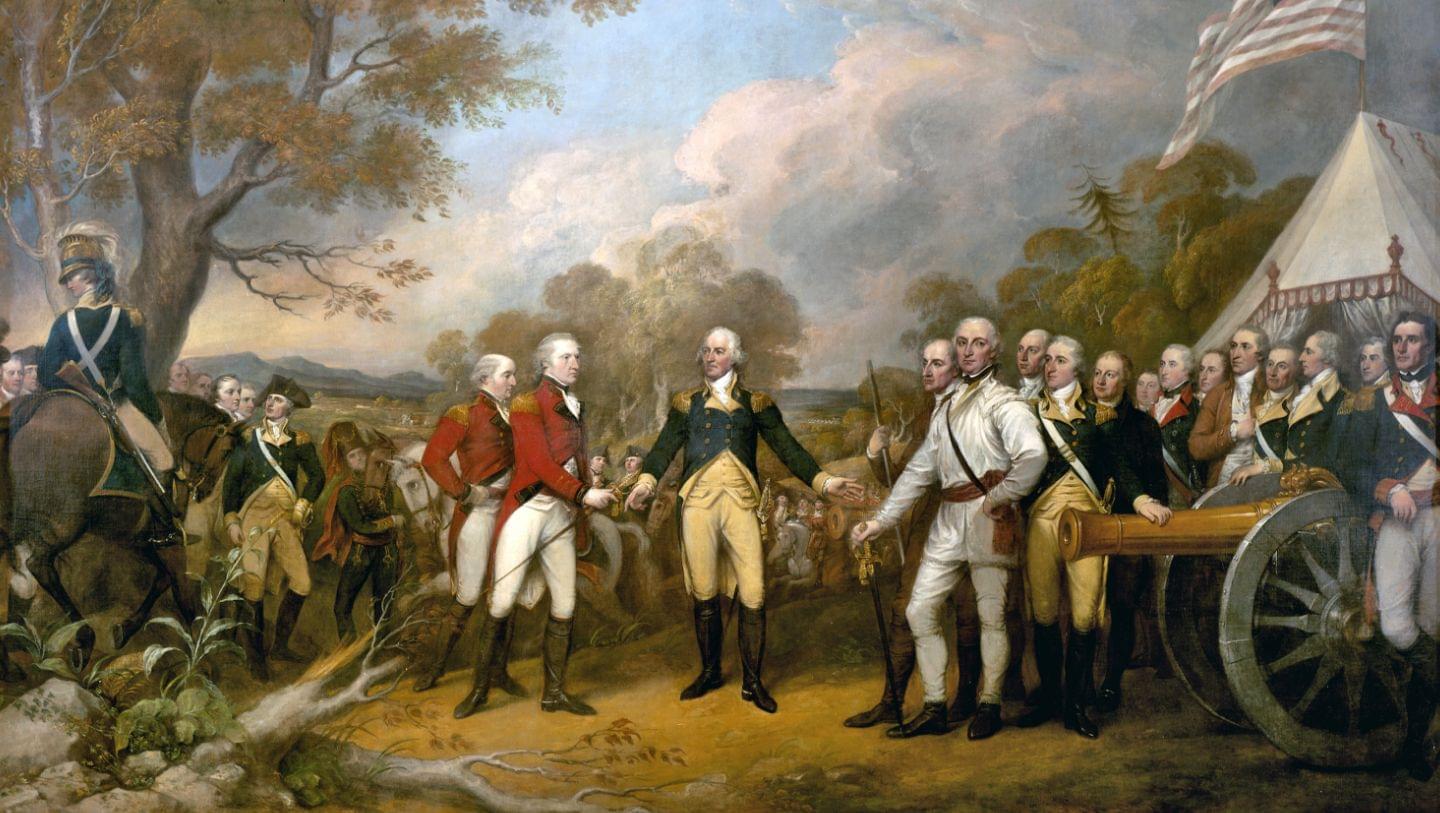
In the summer of 1777, Britain launched an invasion from Canada which pushed south into enemy territory. Commanded by General John Burgoyne, the British force swiftly captured Fort Ticonderoga from the Americans on July 5th. However, Burgoyne moved south so slowly that the Americans were able to regroup and send an army under Horatio Gates to intercept him. While their first clash, at Freemans Farm on September 19th, ended in a hard fought British victory, the second battle on Bemish Heights turned into a rout. An American officer named Benedict Arnold led a reckless sortie which threatened to expose the British camp to attack. Burgoyne quickly retreated but it was too late. On October 17th, Burgoyne was encircled and forced to surrender his army of over 6000 men into American captivity. The American victory not only ended the British invasion, but it was so decisive it convinced the Kingdom of France to join the war on the USA’s side. This vital alliance gave the American rebels the supplies and manpower they needed to defeat the British. France’s entry into the war was quickly followed by Spain and Netherlands, causing the conflict to spread beyond North America.
With France, Spain and Netherland’s support, the American rebels were able to systematically recapture much of the territory Britain had taken. In 1779, the American army sent Major General John Sullivan to devastate Haudenosaunee communities, with the objective of destroying their means of survival.
By 1781 American and French troops scored a significant victory at Yorktown which forced Britain to sue for peace. The peace treaty which was signed in 1783 drastically reshaped North America’s political borders and ethnic makeup.
Thousands of American Loyalist refugees and freed slaves who’d fought for the British, were forced to move north into British controlled Canada. The Mohawks, who’d inspired fear and hatred for their skills as guerrilla fighters, were also forced to abandon most of their traditional homeland and flee north where they settled on land provided by the in present day Ontario. France’s support of the USA would help bankrupt their nation, causing an economic crisis which provoked a popular uprising partly inspired by the American Revolution. This French Revolution would cause chaos and war in Europe for decades to come.
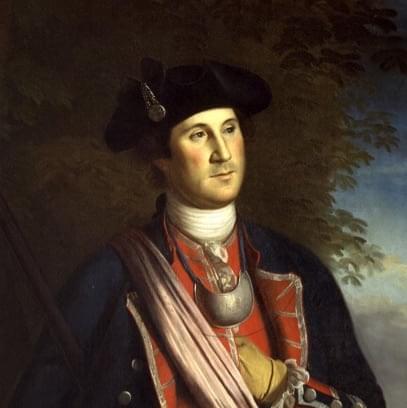
A brave soldier and charismatic leader, George Washington’s skill as a commander preserved the Continental Army through early defeats against the British. After retraining his army at Valley Forge during the winter of 1777, Washington re-engaged the British with tremendous success. By 1781, Washington’s army and their French allies won a series of a compelling victories which forced the British to the bargaining table. Washington also masterminded Sullivan’s Expedition, which devastated the homeland of his Mohawk enemies.
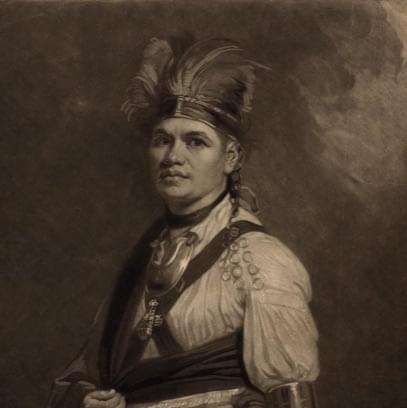
Better known in history by the name Joseph Brant, Mohawk warchief Thayendanegea was one of the most influential Indigenous leaders of the late 18th century, as well as the first Indigenous person commissioned as officer in the British army. Thayendanegea’s military career began as a teenager in the Seven Years War, thanks to his sister Molly’s marriage to British diplomat William Johnson. Having received both Indigenous knowledge and a British style education, Thayendanegea convinced most of the Mohawks to support Great Britain during the war.
